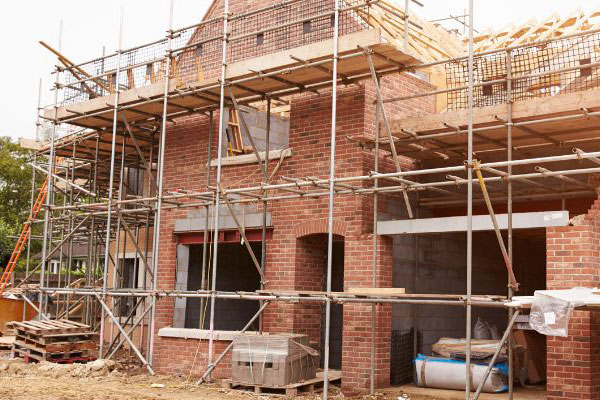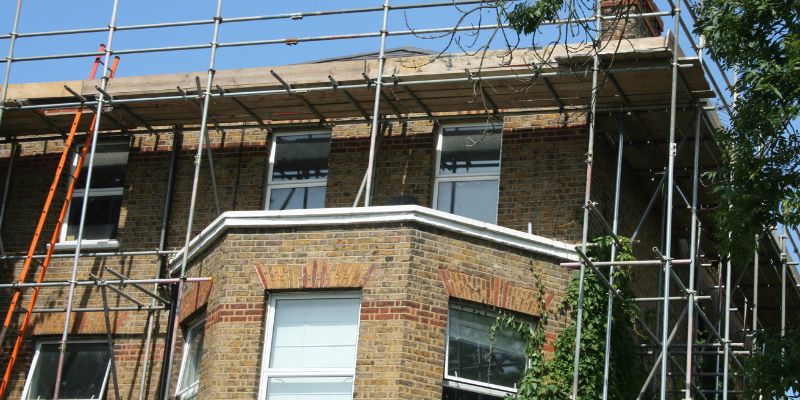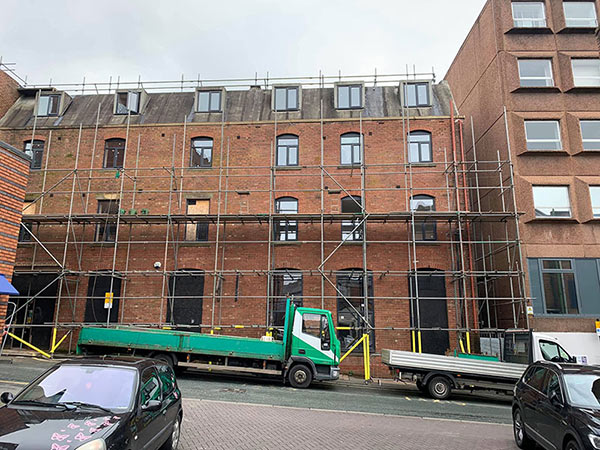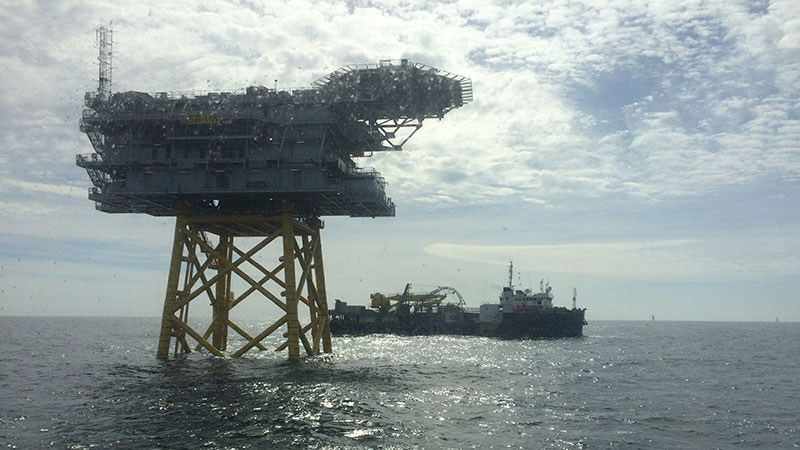Understanding Scaffolding: Types, Uses, and Importance

Throughout this content we will cover the following topics:
- What is Scaffolding?
- Uses of Scaffolding
- Types of Scaffolding
- Importance of Scaffolding
What is Scaffolding?
Scaffolding is a temporary structure used in the construction, maintenance, and repair of buildings or other structures. Scaffolding helps provide workers with a safe and stable work platform. It also enables access to parts of the structure that are high off the ground or otherwise difficult to reach. Usually constructed from materials such as steel or aluminium, scaffolding can take various forms, including supported scaffolds, which are built from the ground up; suspended scaffolds, which hang from the top of a building; and mobile scaffolds, which are mounted on wheels for easy movement. Its use is critical in ensuring that construction projects meet safety standards and are completed efficiently and effectively.
Uses of Scaffolding
Scaffolding is used for a wide range of projects across many different industries, buildings, and structures. Below are some of the most common uses of scaffolding:
Domestic Uses

Domestic scaffolding is mainly used on residential properties to assist in repairs, maintenance, and renovations. Whether it's gutter repairs, roofing, window replacements, or painting, scaffolding allows safe and easy access to those tricky areas and high spots around the house. The use of a stable platform when working means there is no need to climb up and down ladders creating a safer working environment and saving you time and energy for other tasks. At Northern Scaffolding we specialise in providing reliable domestic scaffolding in Liverpool and the North West.
Commercial Uses

Commercial scaffolding is a lot more complex than most domestic projects as there are usually a lot more safety precautions to adhere to. These projects tend to cover renovations or construction of commercial buildings like shops, offices, skyscrapers, bridges etc. which require scaffolding erectors that can meet the necessary safety requirements. At Northern Scaffolding all of our scaffold erectors have the highest level of safety and quality certifications. If you're looking for commercial scaffolding in Liverpool or surrounding areas then please get in touch with us for a free, no obligation quote.
Marine Construction and Maintenance

Marine scaffolding is a specialised form of scaffolding designed for onshore and offshore use such as docks and piers, engine rooms, tanks, and many other waterfront structures. This type of scaffolding must withstand the challenging conditions presented by water and weather and therefore should be erected by an experienced scaffolding team. For many years, we have provided safe access to the shipbuilding and repair industry, as well as carrying out offshore maintenance tasks, within European waters.
Types of Scaffolding
There are many different types of scaffolding each designed to meet specific requirements and challenges of various projects and industries. Below are some of the most used types of scaffolding:
- Supported Scaffolding: The most common type of scaffolding, built from the ground up with platforms supported by poles and frames. It is assembled in a specific way to create a stable, supportive, and safe platform for people working at height.
- Suspended Scaffolding: Hangs from the top of a building from an overhead structure. This type of scaffolding is usually suspended by ropes or other non-rigid means. It provides access to structures ranging from medium-sized buildings to towering skyscrapers, commonly utilised for tasks on the exteriors of high-rise buildings.
- Mobile Scaffolding: This is typically mounted on casters or wheels giving workers the ability to move it around a site. It's perfect for jobs requiring mobility such as painting or plastering where workers are frequently moving positions.
- Single Scaffolding: Also known as "bricklayer scaffold", it consists of a single framework of supports, mainly used for brick work. It's simple and cost-effective for projects not exceeding certain heights.
- Double Scaffolding: Also known as "Mason's Scaffolding" and is commonly used for stone masonry. This scaffolding type has a double row of supports to offer more stability for work that cannot be drilled for ties.
The Importance of Scaffolding
Here are the most important reasons why scaffolding plays a pivotal role in the construction and maintenance of structures:
- Safety: Scaffolding provides a secure, stable platform for workers, significantly reducing the risk of falls and injuries when working at height. It ensures a safe environment that complies with health and safety regulations, protecting workers and the public.
- Accessibility: It grants access to hard to reach areas and heights, enabling workers to perform a wide range of tasks more efficiently, from minor repairs to large-scale construction, ensuring no part of a project is inaccessible.
- Productivity: By offering a stable work platform, scaffolding increases productivity. Workers can move more freely and safely, carrying tools and materials with ease, which speeds up the completion of tasks and overall project timelines.
- Versatility: Scaffolding can be adapted to fit various structures and project types, from residential renovations to large commercial constructions.
Why us?
At Northern Scaffolding Ltd, we're proud to bring over 30 years of expertise to every project, ensuring the highest standards of safety and quality. No job is too big or small for us to handle. For free surveys and estimates, contact us 24 hours a day at 07879 918 691 or 0151 294 5106.
